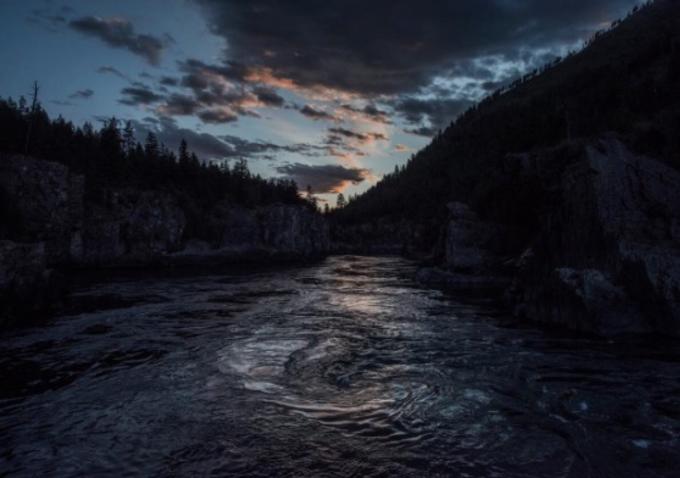By providing your information, you agree to our Terms of Use and our Privacy Policy. We use vendors that may also process your information to help provide our services. This site is protected by reCAPTCHA Enterprise and the Google Privacy Policy and Terms of Service apply.
The Great Collaborator: ‘Revenant’ Cinematographer Emmanuel Lubezki on Working with Iñárritu, Cuarón and Malick


We knew [making “The Revenant”] was going to be very hard, going through this hardship and roughness in the wilderness has made our friendship and collaboration stronger.

Then after ten minutes it’s still nothing, but we wait three hours and the light changes and he’s like, “Oh, I see it! There’s mystery here.” Then we discuss what kind of feeling are we getting, often listening to music. So little by little we build this language that allows me to be a better collaborator. But it takes a lot of walking and lot of listening to music and sometimes the music sends you into the right place emotionally.
The common thing is they are incredible craftsmen, they know the tools better than anybody and they are incredible artists so they are using the language of film not only to tell the surface of the story, but they are really trying to transport the audience and make them feel emotion. Terry and Alfonso are my great teachers and [by] having that respect for them I am able to go on these journeys with them.

The beautiful thing is we did go through the journey of those kids [in the movie.] We drove around with them, there were a lot of parties, we’d get tired in the middle of the day and jump in the ocean and come back. There was a little bit of the feeling of the trip the characters had taken in the process of making that film.


By providing your information, you agree to our Terms of Use and our Privacy Policy. We use vendors that may also process your information to help provide our services. This site is protected by reCAPTCHA Enterprise and the Google Privacy Policy and Terms of Service apply.















